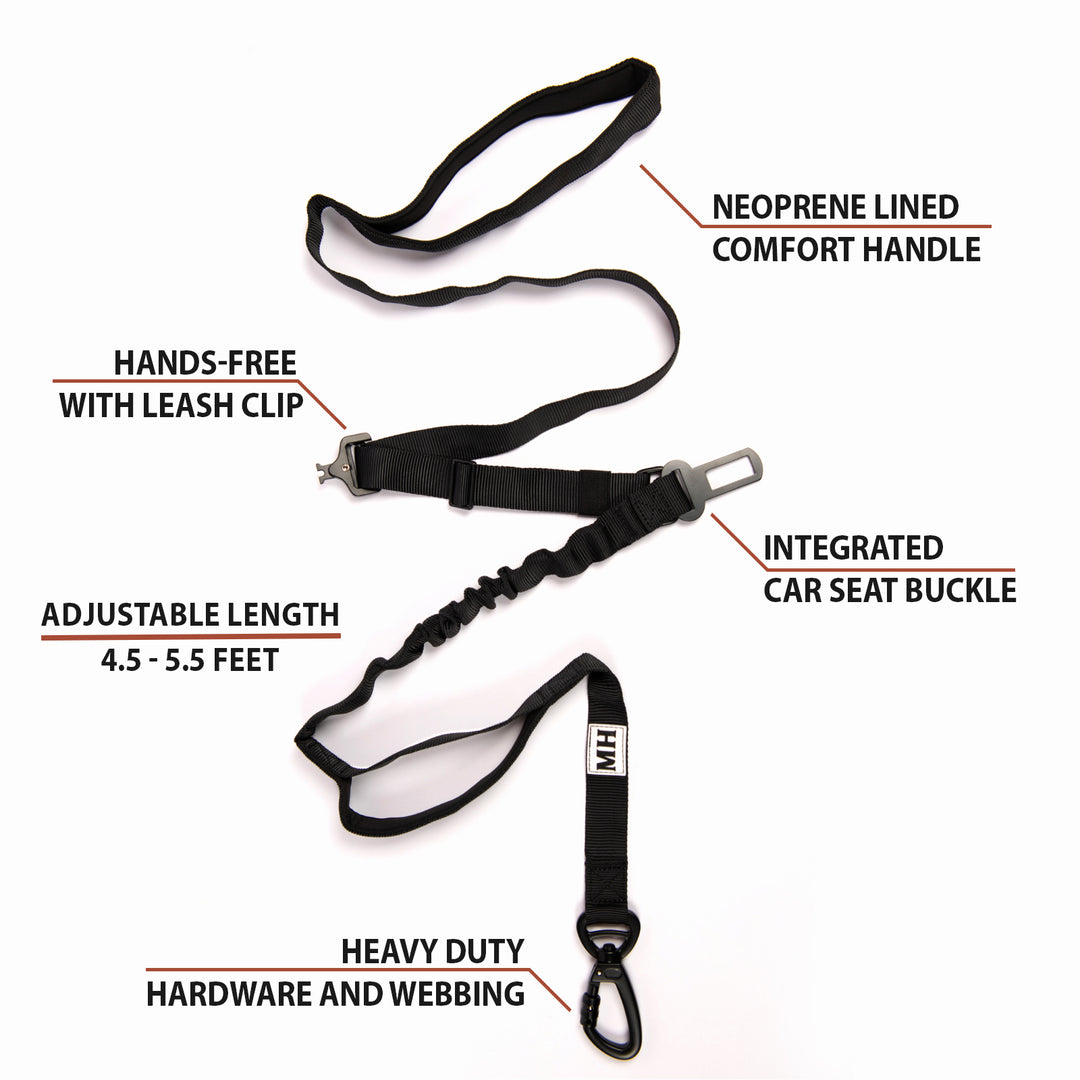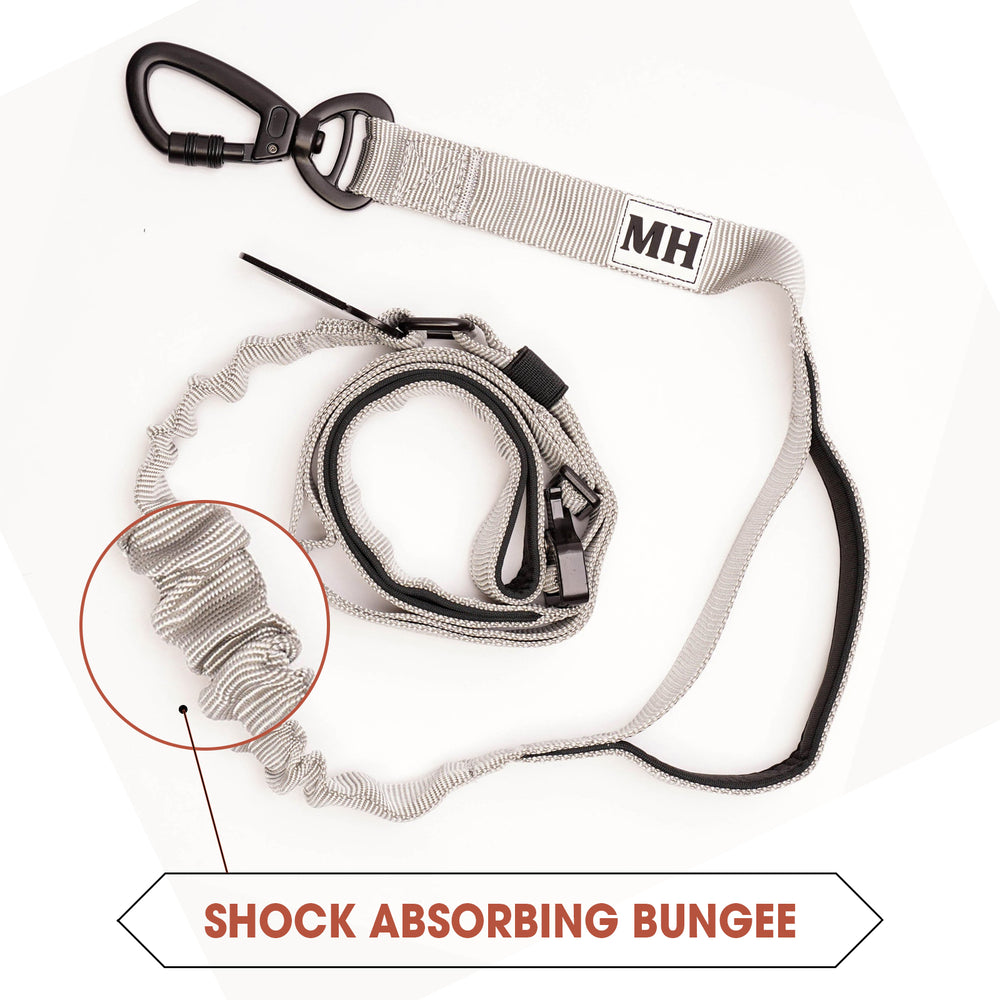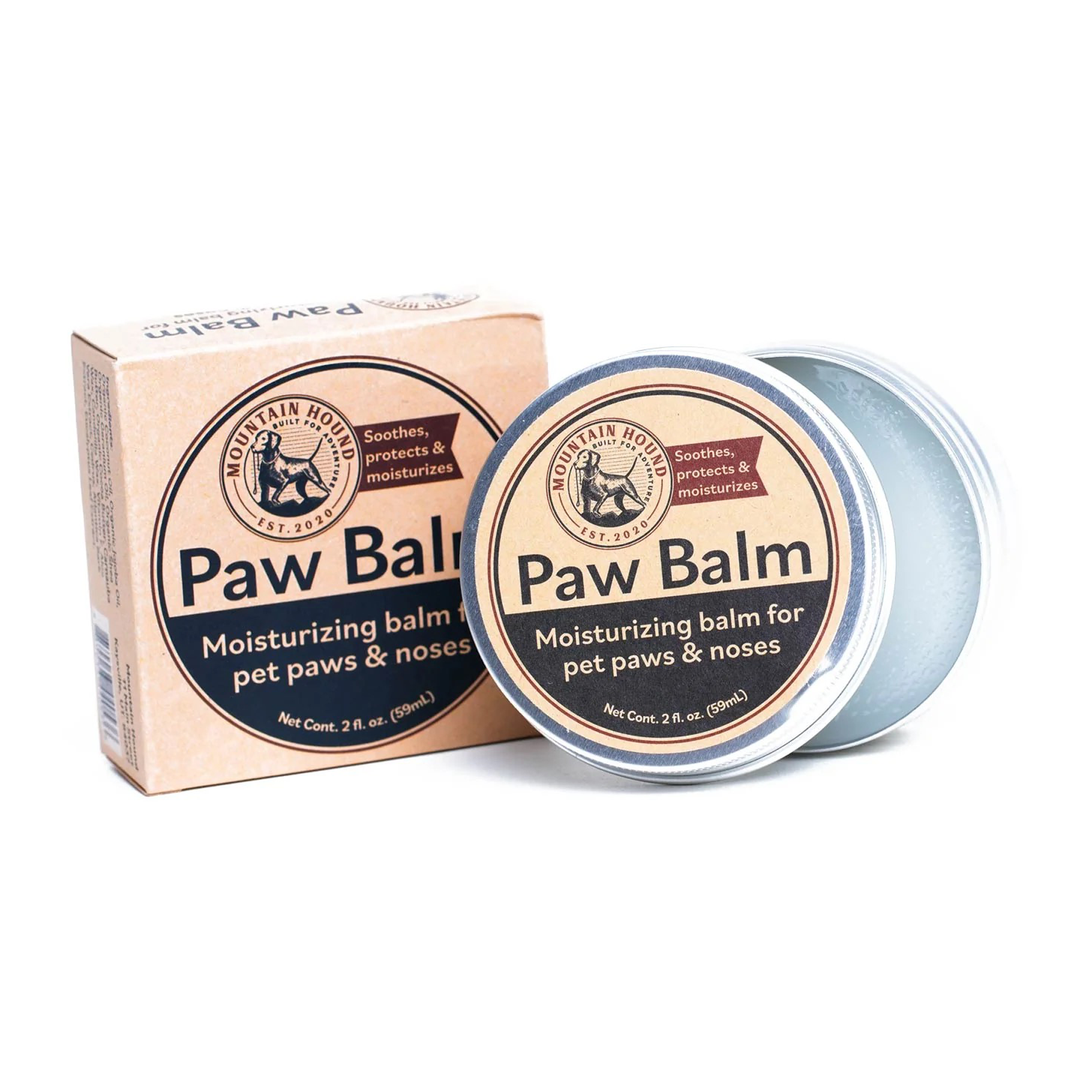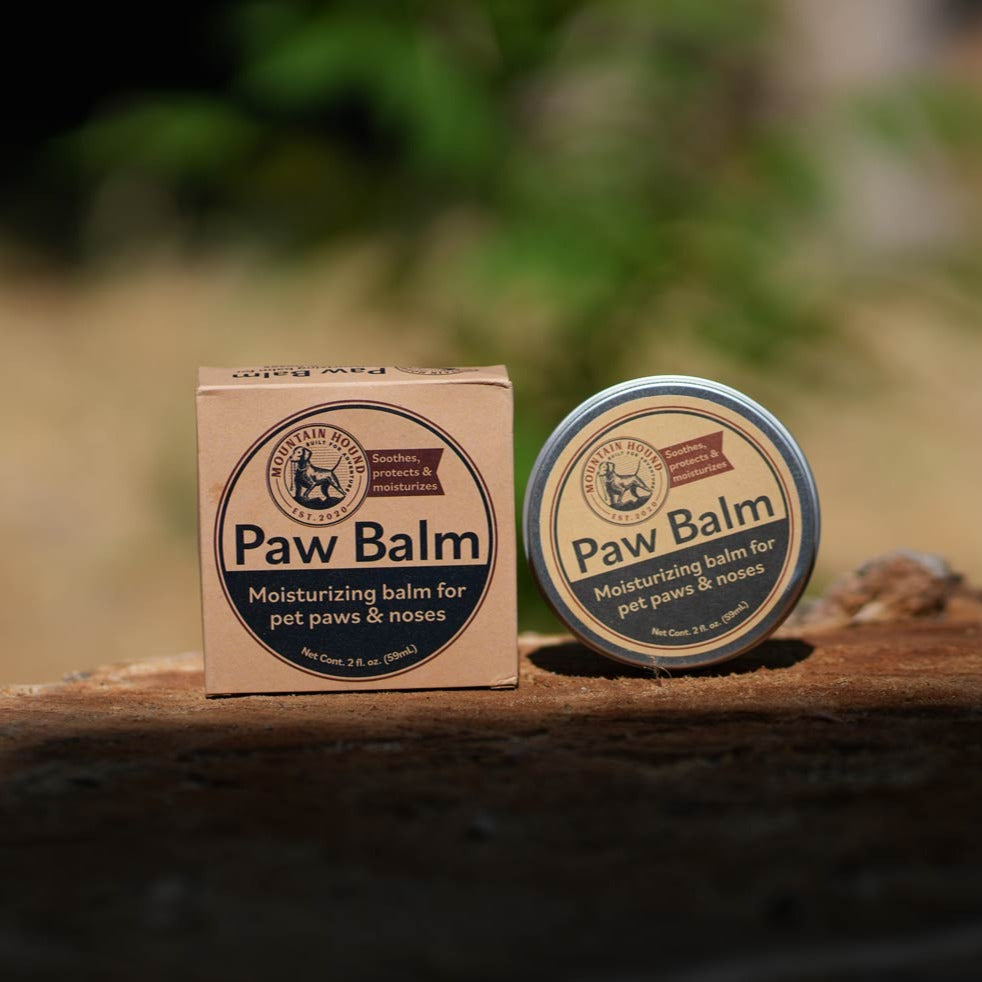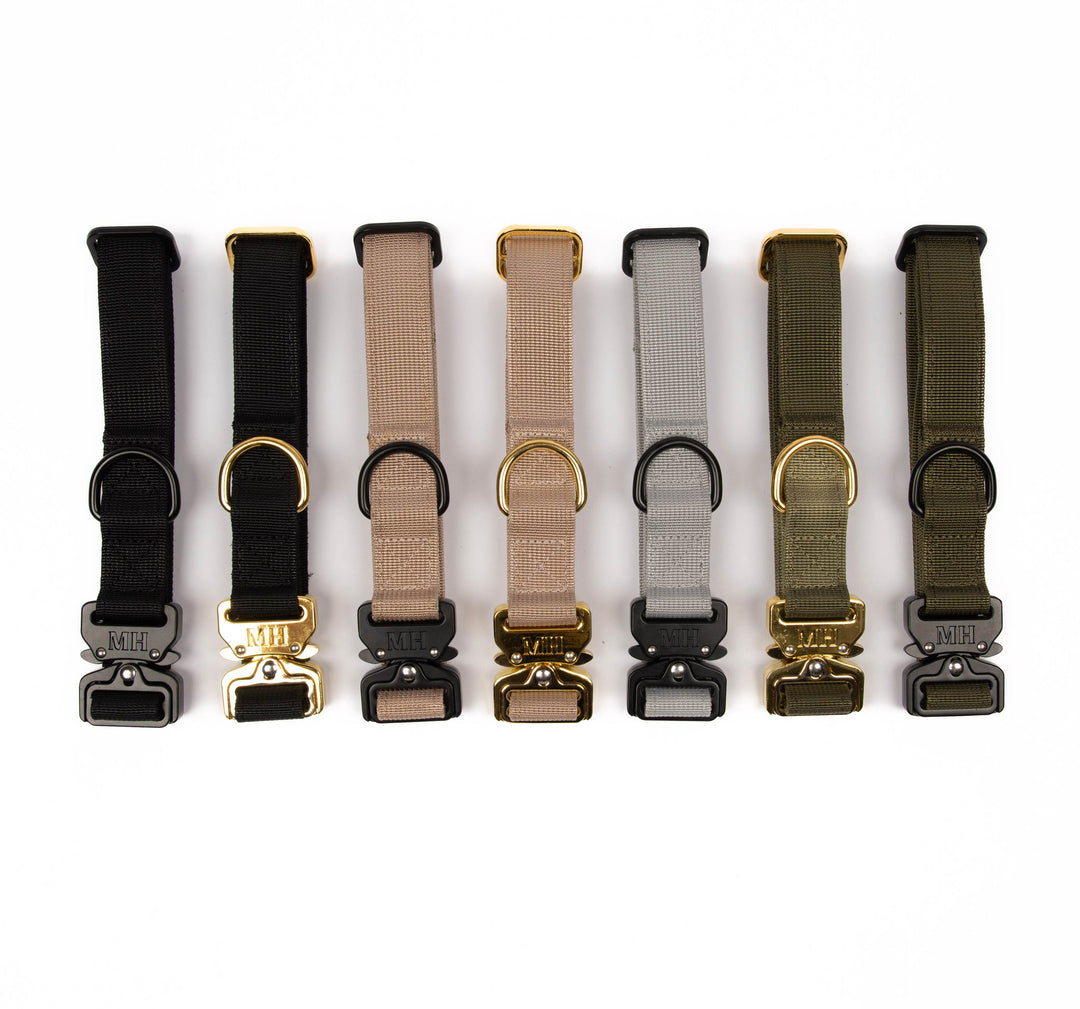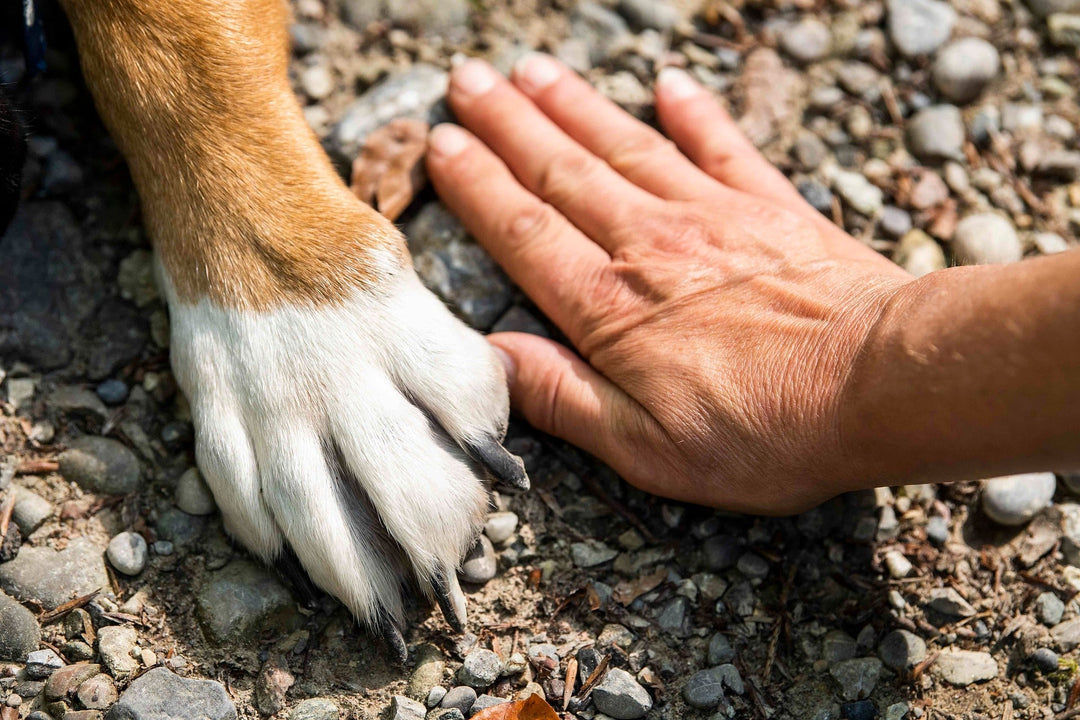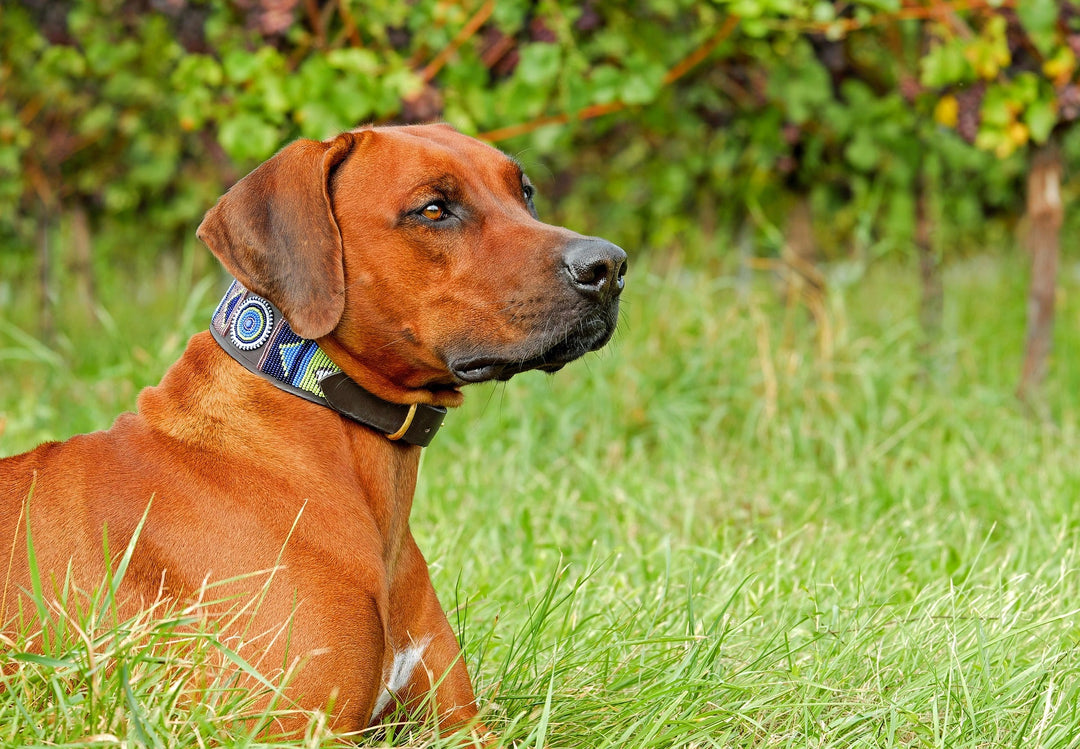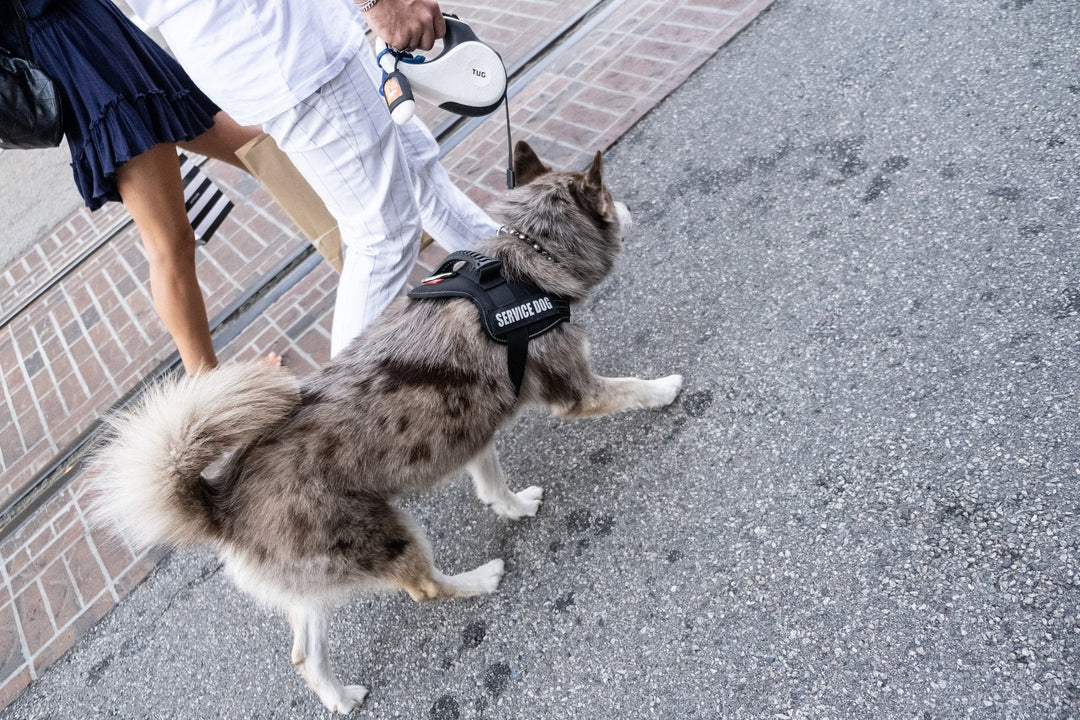Why do Dogs and Cats Hate Each Other?
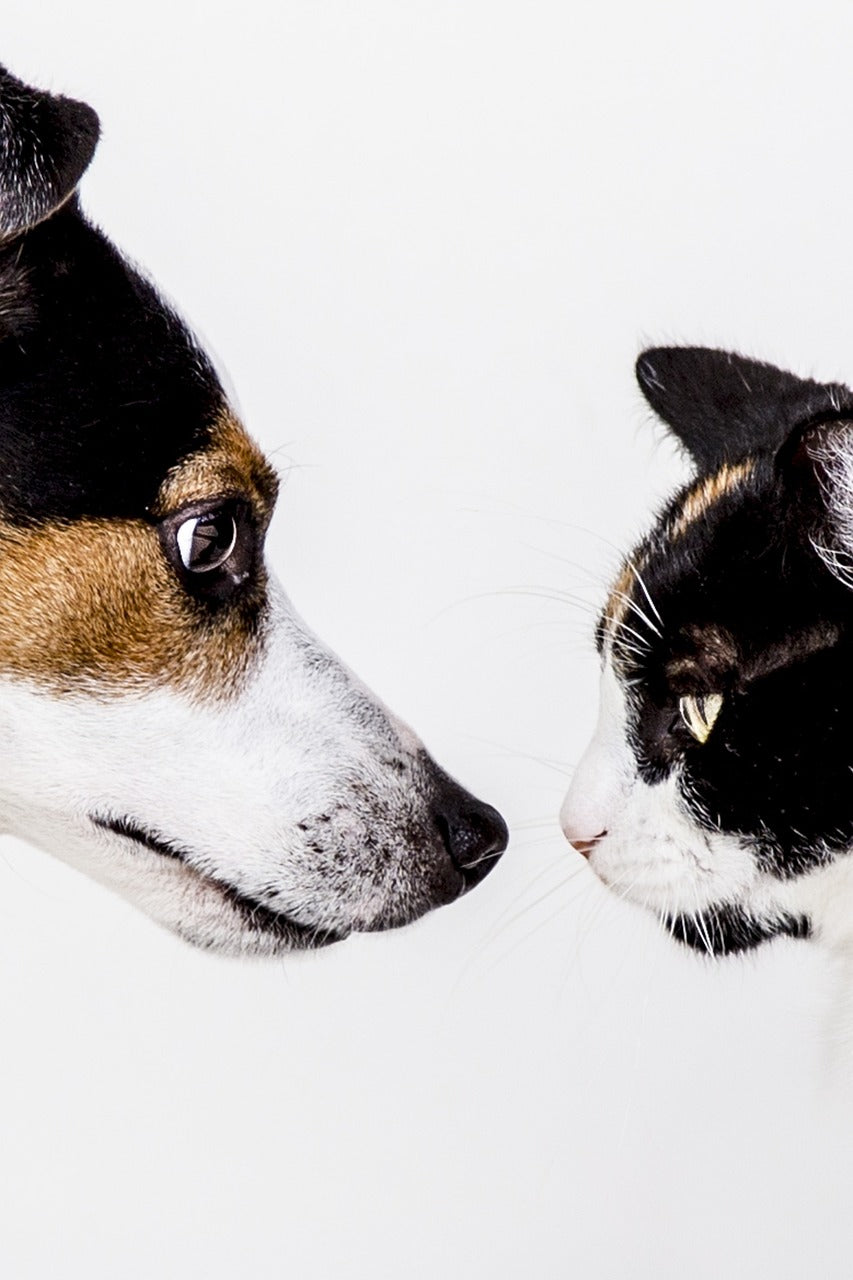
It's a common misconception that those who love cats don't adore dogs and vice versa. This couldn't be further from the truth. Ask any pet lover, and they'll tell you it's easy to fall in love with both canines and felines. Of course, this presents a problem because even though they're both endearing creatures that bring joy and comfort to our lives, they're not exactly complementary species that always see eye to eye!
In fact, the tumultuous relationship between dog and cat is so well known that many books, cartoons and comics have been made to illustrate the hilarious escapades that can occur between them, especially when left home alone! So why do these species dislike each other so much, and can we, as loving pet parents, do anything to mend the rift between them?
In this Mountain Hound blog post, we'll delve into the reasons why dogs and cats don't always (never) get along and look at their natural instincts, behavior patterns, and other factors that come into play when Fido and Mr Twinkle-toes refuse to play nicely!
Reasons Behind the Dog and Cat Feud
Instinctual Differences & Behavior Cues Between Dog and Cat
One of the main reasons why dogs and cats don't always get along is due to their instincts. Dogs are descendants of wolves, and so are naturally pack animals fueled by an instinct to chase and hunt prey. Conversely, cats are solitary creatures and tend to be wary of anything that approaches them quickly.
Dog behaviors are generally more exuberant and excitable, whereas cats are more subtle and cautious. This means that when a dog approaches a cat in a manner that it perceives as playful, the cat may interpret it as threatening. Additionally, dogs may sometimes get too close to cats, making them feel cornered and vulnerable.
This would explain why when Fido rushes in from outside after an excitable game of fetch, Mr Twinkle- toes ruins the mood by hissing, spitting and scratching.
But as you dab at the blood caused by Mr Twinkle-toes' sharp talons used to climb straight up your leg, remember it's not their fault. These instincts are deeply ingrained in their DNA - it's not that they actively hate each other, but rather, they're wired to view each other as a potential threat.
Negative Experiences Between Dog and Cat
Negative experiences can also shape a dog or cat's perception of each other. For instance, if a dog has been scratched or bitten by a cat before, it may develop a natural fear or aggression towards them. Similarly, if an overly enthusiastic dog has harassed a cat, they may become defensive and hostile towards dogs in general. Naturally, these experiences can have a lasting impression on a pet's behavior towards other animals.
Let's be honest; even you wouldn't easily forget or forgive, for that matter, the pain and fear caused by a sharp set of fangs or claws sinking into you! And would you want to be friendly toward someone who frequently cornered you between the couch and the living room door? No, naughty Fido and Mr Twinkle-toes are, unfortunately, often their own worst enemy.
How Pet Parents Can Attempt to Mend the Dog Vs Cat Rift
Socialization and Obedience Training
Socialization and obedience training can also significantly affect how well dogs and cats get along. If a dog has been socialized with cats from a young age, they're more likely to view them as friends rather than foes. Similarly, if a cat has been exposed to dogs in a controlled and positive way, they may be more willing to tolerate them. It's important to note that training and socialization require time, patience, and consistency - it's not something that can be achieved overnight.
So if you are considering introducing your dog and cat to each other for the first time, it's best to be prepared for a lot of dislike and chaos at first before things settle into a troubled truce!
Your Role as a Pet Owner
Ultimately, as is usually the case, it's up to pet parents to create a safe and harmonious environment for all their pets. This means taking proactive measures to prevent aggression between these furry enemies by monitoring their interactions, providing ample space for each pet, and setting clear boundaries.
It also means taking the time to understand your pet's individual needs and personalities and seeking professional help if needed.
The Final Spat on the Matter
While dogs and cats may never be the best of friends, they can still learn to cohabit peacefully with one another. Understanding why they don't always get along and taking steps to mitigate potential conflicts can go a long way towards creating a positive dog and cat friendly environment for all your beloved furry family members.
Of course, if you decide that teaching your cat and dog to live together peacefully using obedience training is far too overwhelming or potentially life-threatening (for you!), we understand. Not every pet parent wants to spend their time policing every pet interaction. That said, perhaps it's best to have a dog and a goldfish as cohabitating pets; we hear they get along extremely well. Just saying!
Image by Gisela Merkuur from Pixabay




